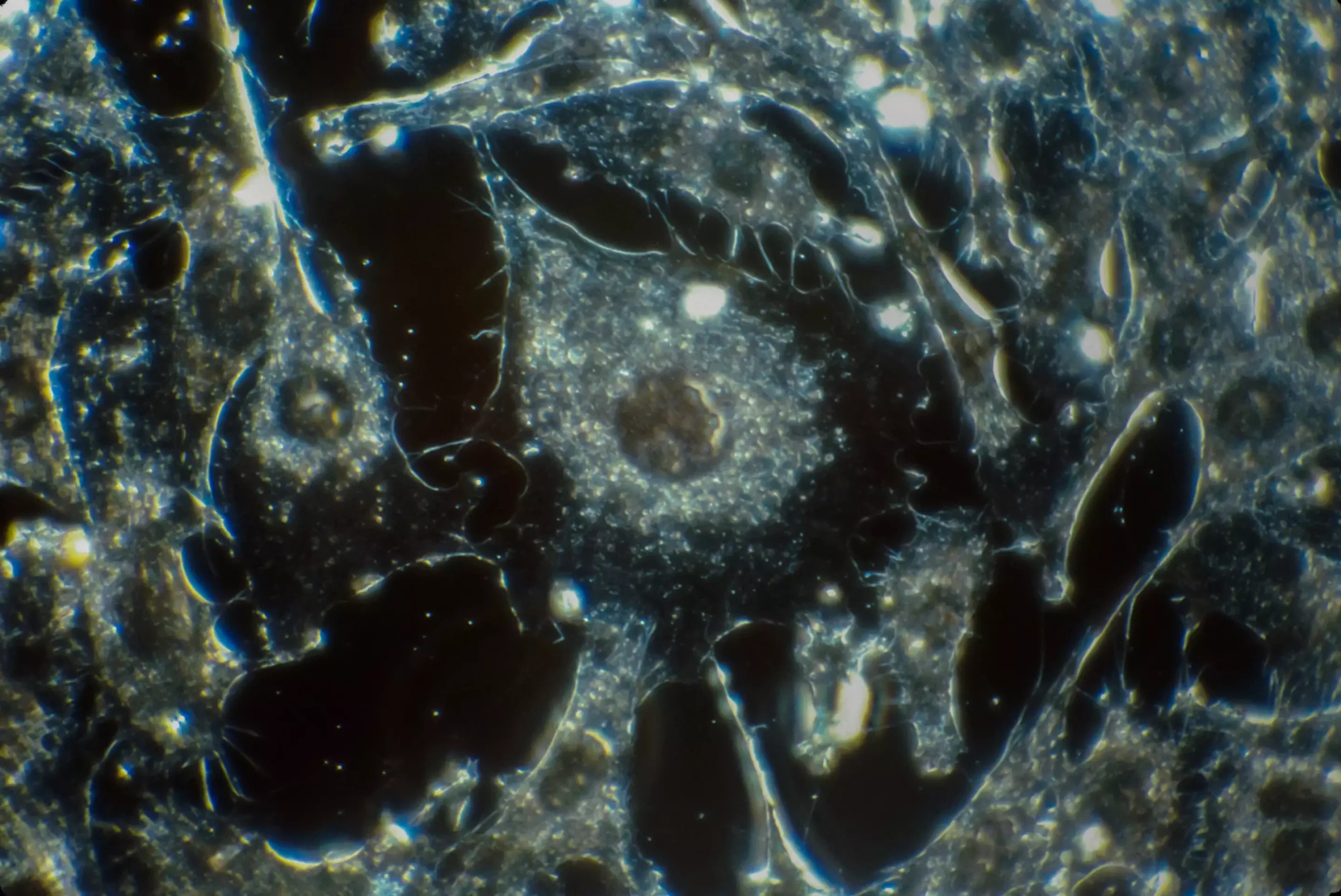In a groundbreaking study conducted by scientists at the University of Colorado Boulder and Princeton University, a unique approach was employed to detect the atomic fingerprints of cancer cells. This innovative method involved using tools commonly utilized in the field of geology to analyze the hydrogen isotopes present in cancerous tissues. The implications of this research are profound, as it could potentially revolutionize the way cancer is detected and treated in the future. The findings of this study were recently published in the Proceedings of the National Academy of Sciences, shedding light on the possible applications of geology in the field of medicine.
In nature, hydrogen exists in two main forms – deuterium, which is slightly heavier, and regular hydrogen, which is lighter. By examining the ratio of these isotopes in cancer cells compared to healthy tissue, the researchers discovered a distinctive pattern that could serve as a unique identifier for cancer. This method of analysis, akin to leaving a fingerprint at a crime scene, opens up new possibilities for early cancer detection through atomic-level examination. The immediate implications of this discovery lie in offering doctors a novel strategy for studying the growth and spread of cancer cells within the body.
A fundamental aspect that has intrigued cancer researchers for years is the role of metabolism in the development of cancer. Cancer cells exhibit altered metabolic pathways, which enable them to grow and proliferate rapidly. By tracking hydrogen isotopes within cells, researchers can gain valuable insights into the metabolic processes that drive cancer cell growth. The study conducted by the team at CU Boulder and Princeton delves into the metabolic changes associated with cancer cells, offering a new perspective on how cancer can be detected and monitored at the atomic level.
The study’s findings suggest that the unique hydrogen isotopic signature exhibited by cancer cells could potentially be harnessed for clinical applications. Detecting this isotopic signal through methods such as blood tests could provide an early indication of the presence of cancer in the body. By leveraging geology tools to analyze cancer cells, researchers are paving the way for innovative diagnostic techniques that could significantly improve cancer detection rates and patient outcomes. Early detection of cancer is crucial for successful treatment, and this new approach holds promise for enhancing the accuracy and efficiency of cancer screening procedures.
As the research in this field progresses, there is a growing realization of the transformative impact that geology can have on the field of medicine. By uncovering the atomic fingerprints of cancer cells, researchers are advancing our understanding of cancer biology and opening up new avenues for targeted therapies. The potential applications of this research extend beyond cancer detection, offering insights into other complex biological systems and diseases. By leveraging interdisciplinary approaches that bridge the gap between geology and medicine, scientists are pushing the boundaries of what is possible in the realm of medical research and diagnostics.
The integration of geology tools into the study of cancer represents a significant advancement in the field of oncology. By harnessing the power of atomic analysis, researchers are shedding light on the hidden signatures of cancer cells that could revolutionize how cancer is diagnosed and treated. The collaboration between scientists from diverse disciplines highlights the importance of interdisciplinary research in tackling complex medical challenges. Moving forward, continued exploration of the atomic landscape of cancer cells holds promise for transforming the future of cancer care and management.


Leave a Reply